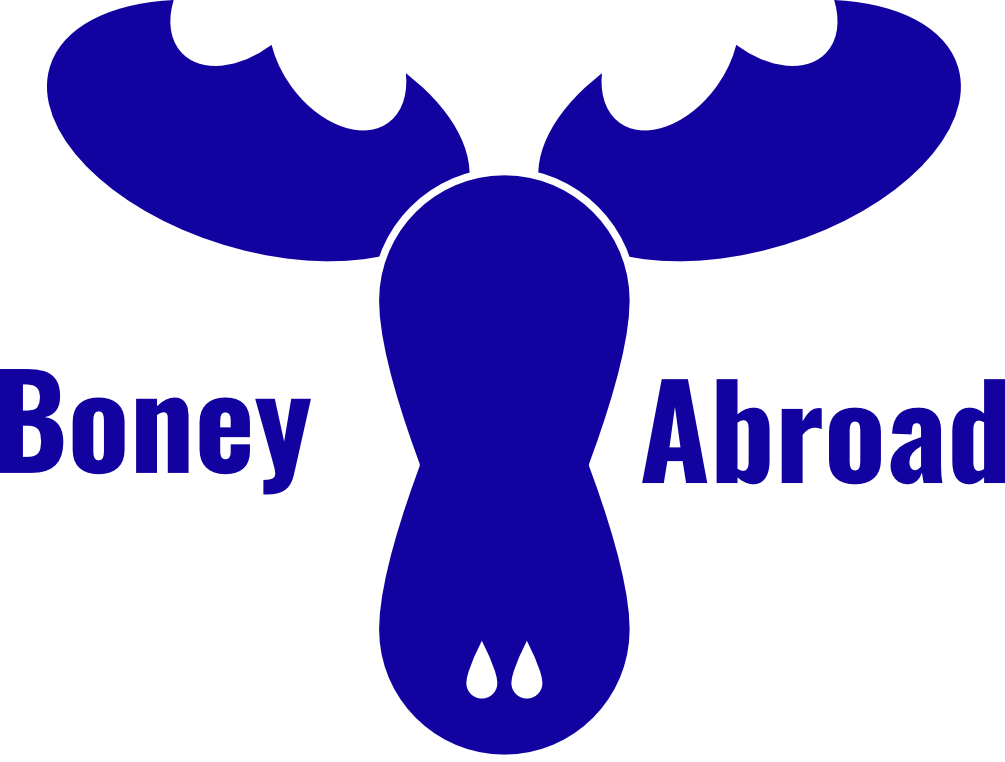Everest
Climbing is one of those things that most see people look at and think "Why?" It is dangerous, requires a high level of skill and physical fitness. It involves being very high up with not much more than a rope, reinforced ballet slippers and a mate who you hope will catch you when you slip. It is a truly wonderful thing. The feeling of being on the rock, having the confidence of gripping or standing on an edge no wider than a credit card is beyond exhilarating. I wish I was good enough to do a mountain. Which is why the very names of the great mountains elicit awe in even people who have never even been to their local climbing centre. Everest is the great popular mountain. The 1996 climbing season is one of those disasters that looms large on a mountain that many consider tamed. With the advent of Guided Ascents on Everest, almost anyone with a degree of skill and enough money can get to the top. In 1996, journalist Jon Krakauer was asked by his magazine, Outside, to go climb Everest with one of the new breed of Guided companies that had sprung up. He was convinced to join Rob Hall's Adventure Consultants for his attempt, recording his account of what happened in Into Thin Air. The book became a climbing classic and resulted in as much criticism as his preceding book, Into The Wild about Christopher McCandles in Alaska. Nearly twenty years later, the 1996 disaster get the big screen treatment, using Krakauer's account as its base.
Jason Clarke as Rob Hall
Everest open's with a fairly routine disaster movie setup, our heroes leaving for and arriving in Nepal. We have Rob Hall (Jason Clarke) kissing goodbye to his pregnant wife Jan (Keira Knightley) and our three main climbers meeting up in Nepal, brash Texan Beck Weathers (Josh Brolin), Mailman Doug Hanson (the always brilliant John Hawkes) and our journalist Krakauer (Michael Kelly of House of Cards fame). We then get the exposition for the expedition, how high Everest is, the Death Zone, the camps and the acclimatising etc. before our team heads off to Base Camp. Here we start to see the extent of the problem Hall has created. Base Camp is swamped with teams looking to summit in the same window. A few tents down from Hall's Adventure Consultants is Scott Fischer's (a bearded, long haired Jake Gyllenhaal, looking nothing like Fischer) Mountain Madness team. This is where things start getting tricky, as more and more characters, all vital parts of the story, are introduced and identification under all the various beards becomes problematic. Coupled to this, the women start getting cut short. At base camp we have the always delightful Emily Watson as Helen Wilton, the Adventure Consultants Base Camp supervisor and The Man From UNCLE's Elizabeth Debicki as novice camp doctor Caro. The various antipodean accents on show waver about a bit, much like a Kiwi overseas, but that isn't really the problem. A film about too many people in a small space, running out of time at the top of the world shouldn't be this tricky to follow. The higher we go on Everest, the less amount of time is spent with the majority of the cast. Sam Worthington's (of The Keeping Room soon to be fame) Guy, disappears for about a half hour before popping up on the other side of the mountain. The main climbers suffer here too. Kelly's Krakauer becomes a fleeting presence and the remarkable Yasuko Namba (a restrained and lovely performance from Naoko Mori), the only woman climber on the team, who is going for her seventh and last summit (this is climbing each of the highest mountains on each of the seven continents), appears only when mentioned by the other climbers it seems, until we see her at the top. The film breaks down to three main threads as the climbers near the top, Mailman Doug, Texan Beck and our fearless leader Rob. As summit fever sets in and time starts running out, the film finally hits its stride, leading up to the disaster.
It needs to be said, the higher the film goes, the better the camerawork becomes. Salvatore Totino hasn't used his camera this well since Any Given Sunday. The sweeping camera moves above the climbers instil height and danger. While our group is queued up on the Hillary Step, Totino positions his camera above the top of the step and in IMAX 3D, Ellie and I literally took a breath. As the storm closes in and the snow and ice start to fly, director Baltasar Kormakur and Totino move into their element and the film reaches its dramatic and heart breaking height. Climbing is not a team sport. At height, you can rarely, if ever, save anyone other than yourself. The film does not really show that those we are rooting for, the ones still going up or not stopping when they knew they should have, are the ones in the wrong. The final drama would be slightly clichéd if it were not true.
As an event movie, on IMAX 3D on a real IMAX sized screen, it is quite a thing. The camera work, direction and cast all do a sterling job, but the parts, when taken structurally, do not hang together as well as it could. As a climbing film, it is the best of a poor bunch, documentaries aside. Nature regularly reminds us that no matter the effort to remove risk from something, it is always there. Everest shows that ever so well, especially at a time were an entire country relies on its mountain. As a Testament to those who have and continue to perish on the top of the world, it is a rather good tribute.
Everest is out now in IMAX 3D and everywhere from 18th September 2015.



